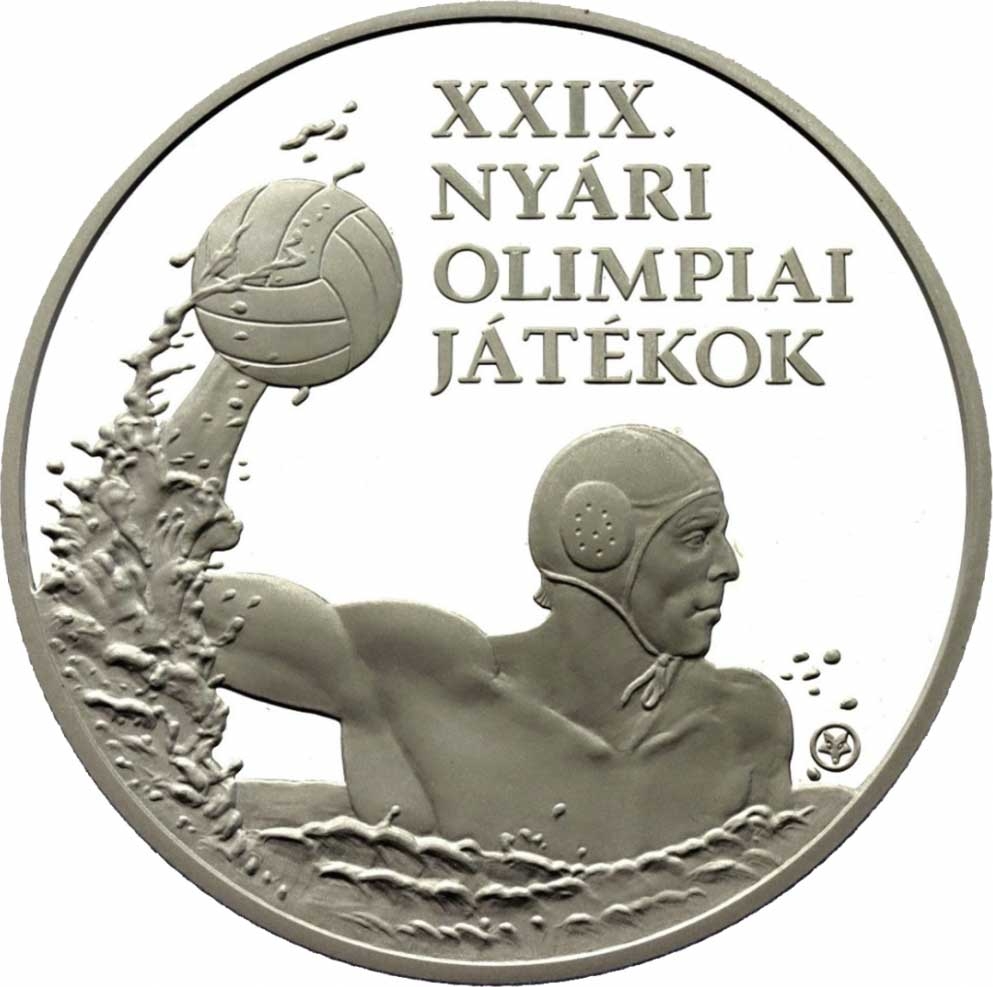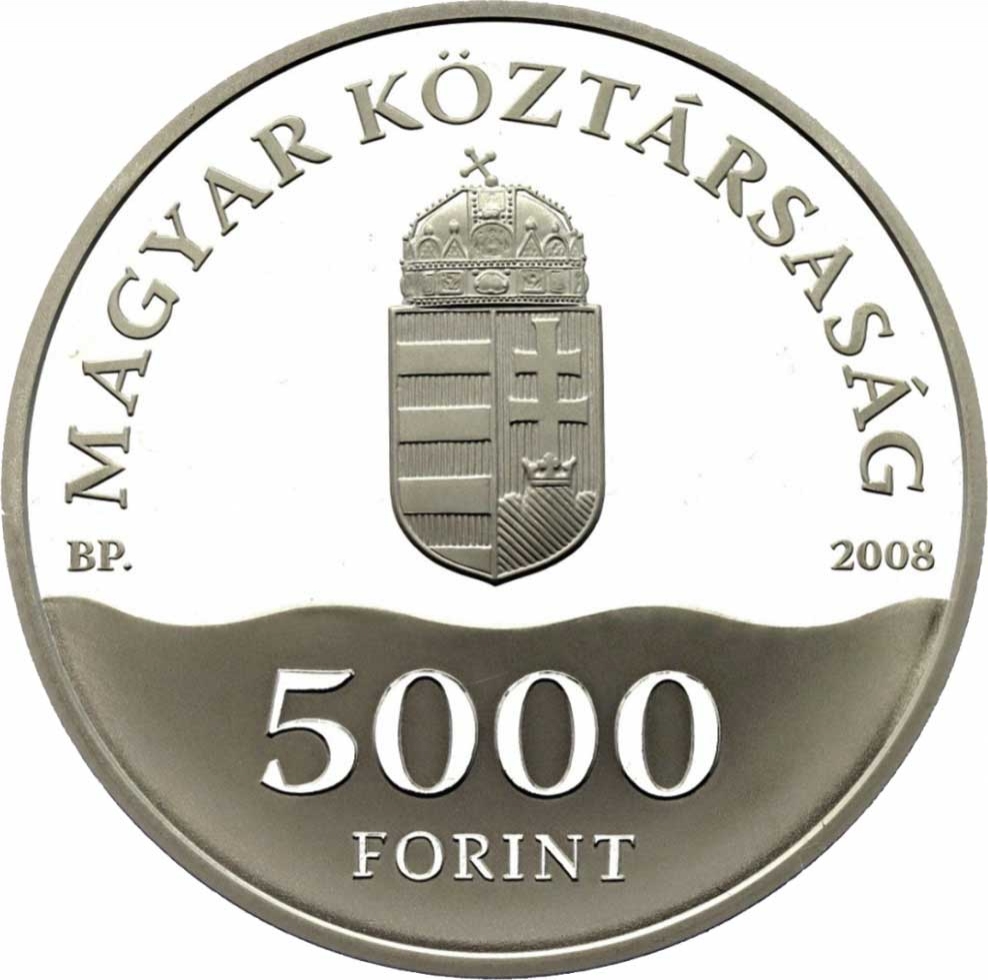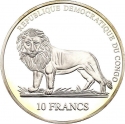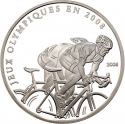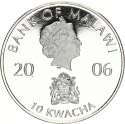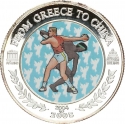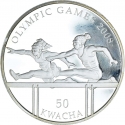You are about to finish your registration. Please check your mailbox (including spam folder). There should be a letter with a confirmation link. Check setting to make sure that your e-mail address is correct.
Send letter againDescription
The 2008 Summer Olympics, also known as Beijing 2008, were held from August 8 to 24, 2008, in Beijing, China. It was the first time China hosted the Olympics and the third time the event took place in East Asia. The Games featured 10,942 athletes from 204 countries competing in 28 sports and 302 events. Beijing won the bid in 2001 and invested heavily in new facilities. The Games were watched by 3.5 billion people worldwide and set numerous records. China won the most gold medals (48), while the United States won the highest number of medals overall (112). It marked the return of the Summer Olympics to Asia after 1988 and saw several countries winning their first-ever Olympic medals.
Engraver: Gábor Kereszthury
Obverse

|
Depicts a water polo player emerging from the water up to the chest, preparing to throw the ball. In the upper right corner, in four horizontal rows, the inscriptions "XXIX.", "SUMMER", "OLYMPIC", and "GAMES" are visible. The engraver's privy mark is located in the bottom right corner. XXIX. |
|---|---|
Reverse

|
Depicts the coat of arms of the Republic of Hungary. In the lower third, separated by a wavy line indicating water, the denomination and the inscription "FORINT" are visible in two horizontal rows. Along the edge, at the top, the inscription "REPUBLIC OF HUNGARY" is circled, with the mint mark "BP." on the left and the year of issue "2008" on the right below the circle. MAGYAR KÖZTÁRSASÁG |
| Edge |
